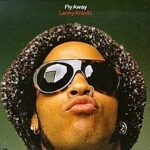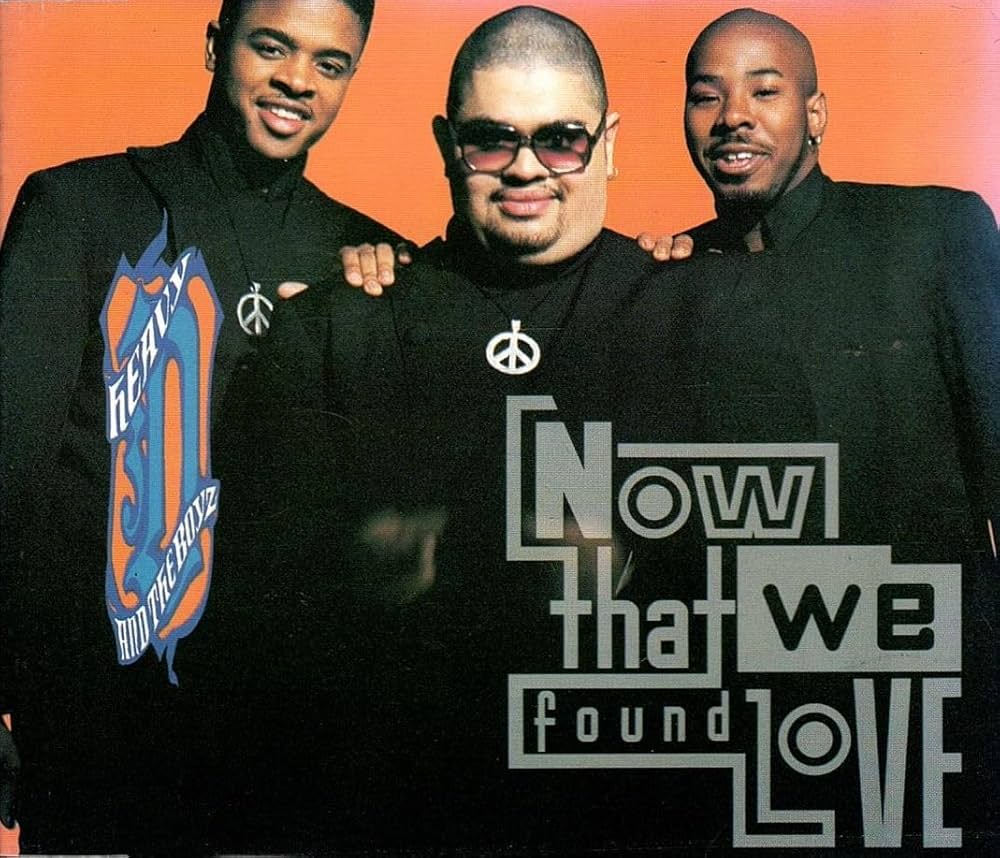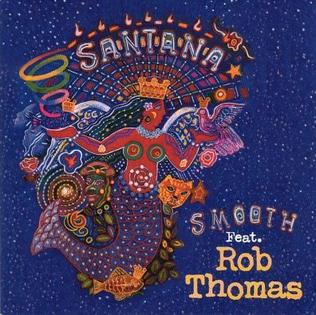 Lenny Kravitz’s “Fly Away” is more than just a 1998 rock hit; it is an anthem of liberation, adventure, and the irrepressible spirit of youth. Released as part of his fifth studio album, 5, the song became a defining track of the late 1990s, blending rock, funk, and pop in a way that epitomized Kravitz’s distinctive style. Its infectious guitar riff, driving rhythm, and uplifting chorus made it an instant favorite on radio airwaves, cementing Kravitz’s place as a major force in contemporary rock music. Beyond its commercial success, “Fly Away” left an indelible mark on pop culture, inspiring fans to embrace freedom, self-expression, and the joy of simply soaring above life’s constraints.
Lenny Kravitz’s “Fly Away” is more than just a 1998 rock hit; it is an anthem of liberation, adventure, and the irrepressible spirit of youth. Released as part of his fifth studio album, 5, the song became a defining track of the late 1990s, blending rock, funk, and pop in a way that epitomized Kravitz’s distinctive style. Its infectious guitar riff, driving rhythm, and uplifting chorus made it an instant favorite on radio airwaves, cementing Kravitz’s place as a major force in contemporary rock music. Beyond its commercial success, “Fly Away” left an indelible mark on pop culture, inspiring fans to embrace freedom, self-expression, and the joy of simply soaring above life’s constraints.
The Genesis of a Classic
Lenny Kravitz, a musician known for his eclectic blend of rock, funk, soul, and psychedelic influences, wrote and recorded “Fly Away” during the sessions for 5. The song arose from a desire to create a simple, yet infectious rock track that embodied a sense of movement and release. According to Kravitz, the riff came first—a driving, minimalist guitar hook that immediately conveyed energy and momentum. Once the riff was established, the lyrics naturally flowed, inspired by the idea of escaping limitations, embracing personal freedom, and flying metaphorically beyond one’s circumstances.
The recording process reflected Kravitz’s commitment to authenticity. He played most of the instruments himself, layering guitars, bass, drums, and keyboards to craft a tight, cohesive sound. This approach allowed him to maintain complete creative control, ensuring that the track captured both his artistic vision and the visceral energy he intended. The result is a song that feels organic and spontaneous, yet meticulously crafted, a hallmark of Kravitz’s musicianship.
Guitar Riffs and Sonic Identity
“Fly Away” is instantly recognizable due to its central guitar riff. Crisp, energetic, and melodic, the riff drives the song forward while establishing its identity as a rock anthem. Kravitz’s guitar work balances technical proficiency with accessibility; it is memorable enough to be hummed after a single listen, yet nuanced enough to reward repeated analysis.
The guitar riff is supported by a rhythmic foundation of bass and drums that creates a sense of propulsion. The bass line is groovy and anchored, providing a solid backbone without overshadowing the riff, while the drums maintain a tight, driving rhythm that emphasizes both urgency and release. This interplay between instruments creates a sense of motion, perfectly reflecting the song’s theme of taking flight and breaking free from constraints.
Lyrics and Thematic Resonance
Lyrically, “Fly Away” is an exploration of freedom, desire, and the exhilaration of release. The recurring chorus, “I want to get away, I want to fly away,” serves as both a literal and metaphorical call to action. It invites listeners to envision liberation from stress, societal expectations, or personal limitations. The simplicity of the lyrics is deceptive; while they are easy to grasp, they carry a universal message that resonates deeply across cultures and generations.
The song also taps into the aspirational quality of rock music, which has historically celebrated rebellion, independence, and self-expression. Unlike darker or more introspective tracks, “Fly Away” embraces joy and optimism, capturing a sense of playful yet meaningful escape. This balance between emotional accessibility and thematic depth is part of what makes the song enduringly popular.
Vocal Performance and Delivery
Lenny Kravitz’s vocal delivery is a crucial element of the song’s impact. His voice alternates between a smooth, almost laid-back tone in the verses and a powerful, soaring intensity in the chorus. This dynamic contrast mirrors the lyrical journey from grounded reflection to ecstatic liberation. Kravitz’s performance is confident yet inviting, creating a sense of shared experience with the listener.
The layering of backing vocals in the chorus enhances the song’s sense of uplift. The harmonies create a chorus effect that feels expansive, almost as if the listener is joining a collective flight. This vocal production technique underscores the song’s central themes and amplifies its emotional resonance.
Cultural Reception and Commercial Success
Upon its release, “Fly Away” achieved significant commercial success, topping charts internationally and becoming one of Lenny Kravitz’s most recognizable songs. It reached number one on the Billboard Mainstream Rock Tracks chart and became a staple of radio playlists across the globe. Its catchy melody, memorable riff, and uplifting lyrics ensured broad appeal, attracting both rock enthusiasts and casual listeners alike.
Critics lauded the song for its infectious energy, musical craftsmanship, and emotive impact. It was praised for combining classic rock influences with contemporary production, allowing it to feel both timeless and modern. This critical and commercial reception solidified Kravitz’s status as a versatile artist capable of producing hits that transcended genre boundaries.
The song’s popularity also led to numerous awards and recognitions, including a Grammy Award for Best Male Rock Vocal Performance, further cementing its place in music history.
Music Video and Visual Symbolism
The music video for “Fly Away” reinforced the song’s themes of freedom and joy. Set against open skies, natural landscapes, and scenes of youthful adventure, the video visually represents the act of escape and exploration. Kravitz himself is shown playing guitar and performing energetically, emphasizing both the song’s musicality and its message of personal liberation.
The visual aesthetics—bright, airy, and expansive—mirror the sonic qualities of the track. The video’s imagery of flight, open roads, and unbounded landscapes aligns with the lyrical narrative, creating a cohesive multimedia experience. This combination of music and visuals helped amplify the song’s impact and contributed to its enduring cultural significance.
Instrumentation and Production Techniques
Beyond the prominent guitar riff, “Fly Away” showcases Kravitz’s mastery of layered instrumentation and subtle production. The drums, while driving, are mixed to feel organic rather than mechanical, giving the song a live, energetic quality. The bass line provides harmonic richness without overshadowing the melodic elements, and additional keyboard textures add depth and warmth to the sonic palette.
Kravitz’s decision to play most of the instruments himself reflects his dedication to creating a precise, cohesive sound. The production emphasizes clarity, balance, and accessibility, allowing each element to contribute to the song’s momentum and emotional impact. The result is a track that feels both immediate and polished, engaging listeners from the first note.
Impact on Pop Culture and Legacy
“Fly Away” has left a lasting imprint on popular culture. Its memorable riff and uplifting message have made it a staple in movies, television shows, commercials, and sporting events. The song is often associated with themes of adventure, empowerment, and youthful exuberance, making it a go-to track for moments requiring energy, motivation, or inspiration.
Its influence extends beyond media usage. Many aspiring guitarists and rock musicians cite the song as an inspiration, drawn to its simplicity, catchiness, and emotional resonance. The track demonstrates that a song can be both commercially successful and musically sophisticated, providing a blueprint for future rock compositions.
Live Performances and Audience Connection
In live performances, “Fly Away” takes on an even more dynamic character. Kravitz’s energetic stage presence, combined with the song’s infectious groove, creates a sense of communal joy. Audiences are invited to sing along, clap, and engage with the music, reinforcing the song’s message of liberation and collective experience.
The live arrangements often include extended instrumental breaks, emphasizing the guitar riff and allowing for improvisation. This flexibility showcases Kravitz’s musicianship and ability to adapt the song to different performance contexts, ensuring that it remains engaging and exciting across tours and venues.
Technical Analysis and Musical Genius
From a technical standpoint, “Fly Away” exemplifies Kravitz’s skill in blending simplicity with sophistication. The song’s structure is straightforward, with clear verse-chorus dynamics, yet the interplay of rhythm, melody, and harmony adds depth and complexity. The guitar riff is both melodic and rhythmic, anchoring the song while allowing for dynamic movement.
The production balance ensures that no single element dominates, creating a cohesive and immersive listening experience. The layering of instruments, backing vocals, and subtle effects contributes to a sound that feels both expansive and intimate, reflecting the song’s thematic focus on freedom and flight.
Influence on Music and Enduring Appeal
“Fly Away” influenced both contemporary rock and pop music, demonstrating the power of combining catchy hooks with meaningful themes. Its success proved that rock music could maintain relevance in the late 1990s pop landscape, bridging generational gaps and appealing to diverse audiences.
The song’s timelessness lies in its universal message. Themes of escape, empowerment, and adventure resonate across contexts, allowing listeners to interpret the song through personal experience. Whether inspiring a road trip, a moment of reflection, or a carefree sing-along, “Fly Away” continues to hold emotional significance decades after its release.
Critical Acclaim and Recognition
Critics consistently cite “Fly Away” as one of Lenny Kravitz’s signature tracks. Its combination of memorable melody, lyrical optimism, and tight instrumentation exemplifies his unique approach to rock music. The song’s accolades, including Grammy recognition, reflect both its artistic merit and widespread cultural impact.
Music historians often point to “Fly Away” as a pivotal moment in Kravitz’s career. It solidified his reputation as a versatile artist capable of bridging rock, funk, and pop while maintaining a distinctive voice. The song’s enduring popularity highlights its importance not only as a commercial hit but as a culturally and musically significant work.
Conclusion: The Flight Continues
“Fly Away” by Lenny Kravitz endures as a quintessential anthem of freedom, energy, and joy. Its infectious guitar riff, uplifting lyrics, and dynamic performance have cemented its place in rock history, making it a song that resonates with listeners across generations. The combination of musical craftsmanship, emotional depth, and thematic clarity ensures that it continues to inspire, motivate, and entertain audiences worldwide.
The song’s legacy extends beyond its initial release, influencing musicians, appearing in popular media, and remaining a staple of rock playlists. It embodies the spirit of adventure and the timeless human desire for liberation, making it a song that transcends its era and maintains relevance in the modern musical landscape.
“Fly Away” is more than a song; it is a celebration of freedom, a masterclass in rock composition, and an enduring reminder that music has the power to lift us above life’s constraints and carry us toward endless possibility.”


